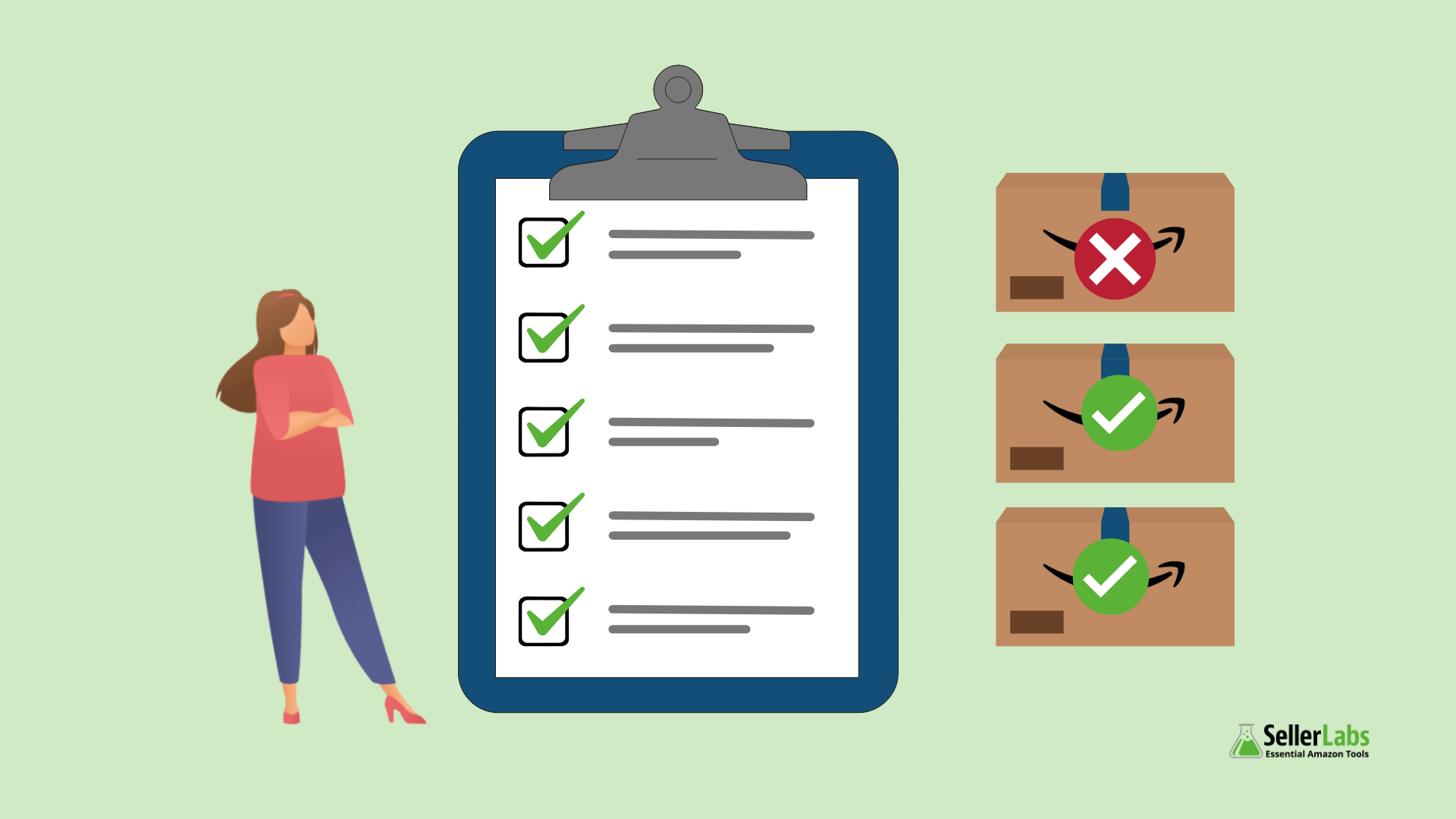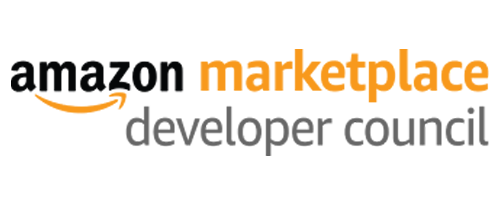📦 Vetting your overseas supplier isn’t optional in 2025—it’s your best defense against lost profits, bad reviews, and account suspensions.
🔍 Why This Guide Matters in 2025
With U.S. tariffs on Chinese imports now at 125%, Amazon sellers are sourcing from new countries like Mexico, Vietnam, India, and Turkey. But while shifting your supply chain might protect your margins, partnering with the wrong supplier can do just the opposite—resulting in refunds, delays, listing suspensions, or worse.
✅ Whether you’re launching a white-label product or diversifying sourcing post-China, this guide gives you the proven steps to vet suppliers, minimize risk, and confidently scale.
Already evaluating sourcing countries? Read: 10 Best Countries to Source From Instead of China (Amazon Sellers 2025 Guide)
Step 1: Start with Supplier Discovery (The Right Way)
Don’t just Google “cheap overseas manufacturers.” Vetting starts before your first message.
🔎 Where to Search:
- Alibaba – Look for “Verified,” “Gold Supplier,” and “Trade Assurance” badges
- Online directories – Thomasnet, Indiamart, Kompass, MFG
- Industry contacts – Ask other sellers in Facebook groups or private Amazon forums
- NAICS Codes – Use industry classification codes to find legit U.S./Canadian manufacturers
- ImportYeti / Panjiva – Research suppliers based on real import data
Pro Tip:
Don’t overlook small or outdated websites—many great manufacturers still operate offline or with minimal online presence.
Step 2: Verify Their Legitimacy
Before you’re wowed by low MOQs or fast shipping, ask for:
- Business license or tax ID
- Factory certifications (ISO, SA8000, FDA, etc.)
- Third-party audits or reports
- References from past clients (especially other Amazon sellers)
Check them against the Better Business Bureau, import databases, or even LinkedIn. If they dodge your request for documentation—walk away.
Pro Tip:
Keep supplier documentation organized and easily accessible in case Amazon requests sourcing verification during an audit.
Step 3: Test Communication Before You Test Products
Your supplier should:
- Reply in under 48 hours
- Answer clearly and professionally
- Be willing to hop on a video call or WhatsApp
- Ask thoughtful questions about your product needs
🚩Red flag: Vague answers, generic product sheets, or poor communication on technical matters.
✅ Great suppliers often provide pictures, spec sheets, and timelines upfront without needing to be asked.
Step 4: Order a Sample and Run a Real Test
This is your first true checkpoint.
What to look for:
- Accurate labeling and barcode placement
- FBA-friendly packaging and compliance
- Materials match your listing copy (e.g., “organic cotton” is actually organic cotton)
- Damage resistance during simulated shipping
💡 Unbox it like a customer. Would YOU leave a 5-star review?
Pro Tip:
Use Feedback Genius to automate early review requests for your test products.
Step 5: Start with a Small Trial Order
Even if the sample is perfect, don’t rush into bulk.
- Place a 50–100 unit test order
- Ship through FBA or FBM to see real-world results
- Monitor refund rates, review quality, and fulfillment issues
With Seller Labs, track:
- Profitability per SKU with SKU Economics
- Review volume and customer sentiment (positive vs. negative feedback) with Feedback Genius
- Ad campaign performance across SKUs and timeframes via Ad Genius
💡 Want to connect profitability, reviews, and supplier insights in one place?
See what smarter sourcing really looks like.
Step 6: Use Smart Payment Terms
Here’s how to protect your cash and your order:
Trusted Payment Methods:
- Trade Assurance (Alibaba)
- Escrow Services (or platforms like Sourcify)
- Split Payments (e.g., 30% upfront, 70% after inspection)
Never pay 100% upfront unless it’s a repeat partner you trust.
💡 Suppliers will sometimes offer better terms if you build rapport—don’t be afraid to negotiate!
Step 7: Communicate Your Design Clearly
Suppliers aren’t mind readers. Communicate your product specs like a pro:
- Use CAD files, 3D models, or sketches
- Include dimensions, materials, and finish expectations
- Reference photos or control samples (signed and dated)
- Translate your product’s Amazon use case to factory language (e.g., “ships via FBA, requires polybag + warning label”)
🛠️ If you’re unsure how to format spec sheets, hire a freelancer on Upwork or Fiverr to turn your vision into production-ready drawings.
Step 8: Compare Quotes (And What’s Hidden in Them)
Always gather quotes from 3+ suppliers to compare:
- MOQ (minimum order quantity)
- Price per unit
- Setup/tooling fees
- Shipping method and time
- Who covers defects or returns
📉 Be aware of hidden costs: rework, customs, international duties, currency fluctuations.
💡 Ask early: “What other costs should I expect that aren’t on this quote?”
Step 9: Inspect Before You Scale
Even after a great sample and small order, run a final quality control check before you scale.
- Hire a third-party inspection service if necessary
- Retain a control sample from your test batch
- Create a checklist to match every shipment against
💡 Document your expectations in writing (email, spec sheet, sample photos) so you have leverage if something goes wrong.
Step 10: Track Data, Not Just Promises
Your supplier may sound great—but are your SKUs actually performing?
With Seller Labs, you can:
- Monitor refund trends per SKU to catch potential supplier-related issues
- Compare ad spend ROI across products
- Track inventory turns to plan future orders smarter
📊 Data beats gut instinct every time. Especially when the stakes are high.
🎯 Final Thoughts: The Right Supplier Is the Foundation of a Scalable Amazon Business
Don’t let the 2025 tariff chaos rush you into poor partnerships. When you combine proven vetting strategies with the right seller tools, you can confidently grow your brand, protect your reputation, and build a resilient supply chain that stands up to economic shocks.
Stop guessing when it comes to supplier risk, profitability, and fulfillment decisions.
Start your free trial of Seller Labs today – No Credit Card Required!







